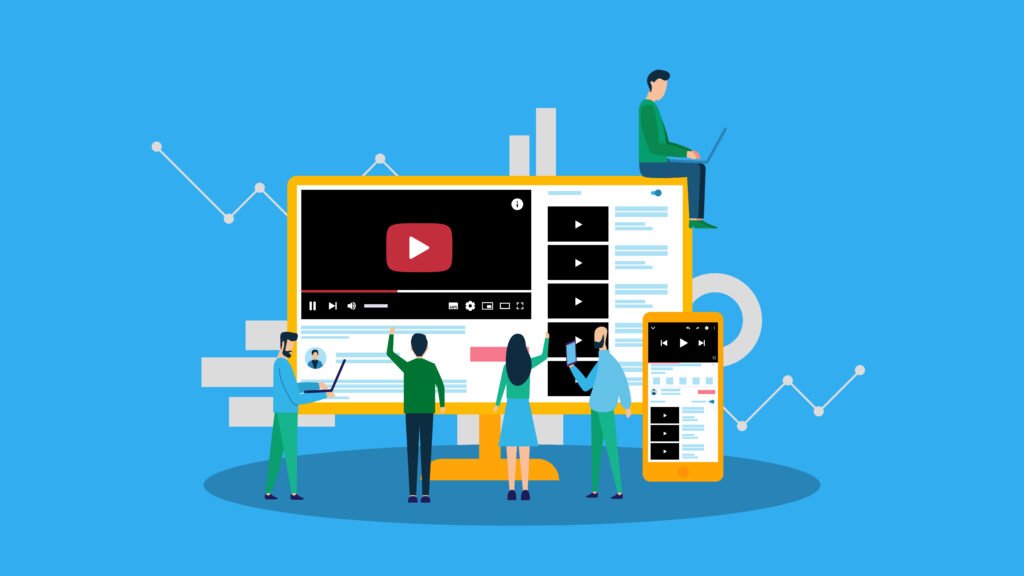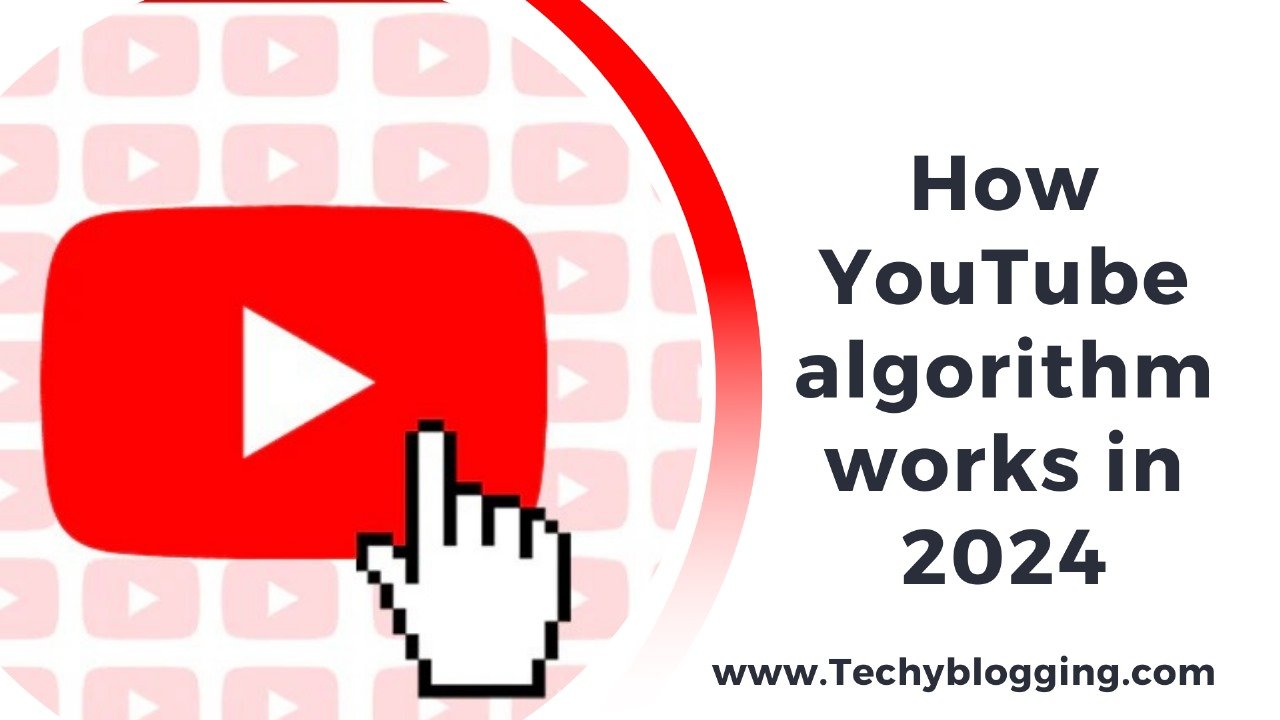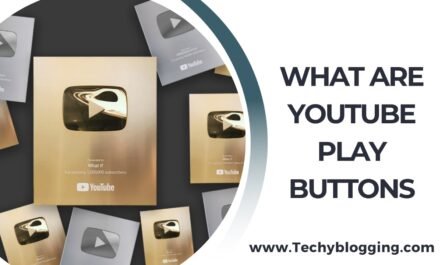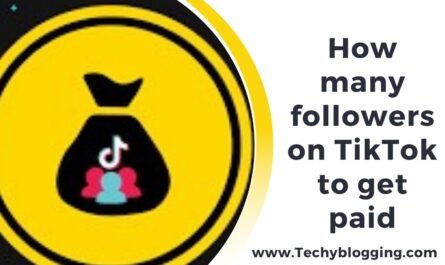YouTube is the largest platform for sharing videos, has continued to develop its algorithm over time to improve the way material is discovered and rated. In 2024, the YouTube algorithm has become much more sophisticated with advanced machine learning techniques. That allow for the personalization of material to millions of viewers across the globe. In this piece we’ll take a deeper review of the way that the YouTube algorithm functions from 2024. It will break the algorithm down into key elements and the factors that affect the recommendations.
1. The Foundation of the YouTube Algorithm: Machine Learning and Data
The YouTube’s recommendation engine is built on the use of machine learning as well as data analytics. It makes use with artificial intelligence (AI) and deep-learning to determine and provide material which it believes to appeal to individual viewers. The algorithm considers several signals such as the history of user interaction. Viewing history as well as demographic data in order to decide which content should be recommended.
1.1. Personalized Recommendations
The algorithm of YouTube in 2024 is expected to become more personal. Based on the uniqueness of each user’s habits of watching. Their interests and previous engagement YouTube tailors its videos that are specifically tailored to each particular user. So, two viewers could have very different recommendations regardless of whether they’re viewing identical videos in the same moment.
1.2. Contextual Signals
It also considers the context of signals, including the times of day. The location as well as the device utilized, to help give recommendations that are more appropriate. As an example, if you’re viewing YouTube via your mobile while on your journey. The algorithm could favor shorter or more concise videos. Or material which is in line with the current mood or set.
2. Ranking Factors: What the Algorithm Prioritizes

YouTube’s algorithm YouTube algorithm utilizes multiple ranking elements to decide. The order in which YouTube videos show up in the search results including the homepage and also the “Up Next” recommendations. Although YouTube isn’t revealing every single signal that it employs. We are aware that certain elements are crucial in the way that videos rank.
2.1. Watch History and Engagement
Watch history is among of the primary indicators that the algorithm employs. This is the case for videos you’ve watched previously and how long you’ve viewed the videos. As well as whether or not you’ve liked, shared comments on or even shared the videos. The algorithm analyzes patterns in your behaviour and suggests videos you could find interesting.
2.2. Click-Through Rate (CTR)
CTR refers to the amount of times the viewer will click upon a movie after seeing it on their feeds or the search outcome. An extremely CTR that is high CTR indicates. That the video will be appealing to viewers, and YouTube is likely to place it in the top position. The quality of thumbnails, titles and descriptions play an important impact on improving CTR.
2.3. Watch Time and Session Duration
The longer you stay on the site to watch videos on YouTube the more likely it will suggest material like what you’ve enjoyed previously. Time spent watching (the quantity of minutes spent on a particular video) and the duration of a session (the total time that you’ve spent using the platform) are key measures. Videos that make users want to watch more and stay in the platform for longer time frames are highly rated.
2.4. Audience Retention
The quality of a video’s ability to hold the attention of viewers is important. Videos that can keep the viewers’ attention in a larger percent of the runtime are deemed significant by the algorithm. This is particularly important when it comes to creators wanting to be ranked higher in results from a search engine outcome or to be included on recommendations.
2.5. Video Title, Description, and Tags
Although metadata (titles descriptions, titles and tags) do not have to be the only factor that determines the quality of a video but they have a significant role to play. The algorithm makes use of these aspects to determine what the video is about and to determine who they should recommend it to. The well-crafted and descriptive titles and descriptions that are in line with the intent of the viewer rise the likelihood that a video will be discovered.
3. The Importance of Video Quality and Viewer Feedback
The algorithm of YouTube in 2024 will be increasingly focusing on top-quality material which is valuable to users. It is determined not just by the material however, but how it is received by viewers.
3.1. Viewer Interaction Signals
The algorithm considers different forms of interaction including comments, likes as well as shares and subscriptions. Engagement that is positive (especially sharing and comments) suggests that users consider the material interesting or valuable that can increase an article’s position.
3.2. Signals of Negative Engagement
A negative engagement, such as an excessive number of negative reviews or quick skips of videos, or comments that are negative, may indicate to YouTube that a post may not be worth the time. This could lead to diminution in visibility. YouTube has introduced new and sophisticated methods to detect material that is in violation of community rules or is involved in harmful activities that could result in being removed from the site or de-rated.
4. The Evolving Role of AI and Deep Learning
One of the major modifications to the YouTube algorithm for 2024 will be the improve in usage of artificial intelligence as well as deep learning. YouTube has the ability to examine videos material better efficaciously with AI and deep learning, assisting it to comprehend not only words but also the true nature that lies behind the material.
4.1. Natural Language Processing (NLP)
YouTube is now using Natural Language Processing (NLP) algorithms to discern the context and significance of descriptions, titles as well as spoken words inside videos. The platform can find material to the interests of users better and recommend videos that match the preferences of users.
4.2. Video Contextualization
AI can also be employed to study visually-based content by identifying things, images, as well as emotions in the video. The algorithm can then suggest videos that are in line with aesthetic preferences like travel videos, sports or product reviews, in light of viewers’ previous interactions using similar material.
5. The Impact of Trending and Social Signals
The YouTube algorithm is also influenced by other social signals, like what videos are trending as well as how frequently a particular video is shared on social media sites. Videos that are trending often get an enormous boost in recommendation in particular if they get many engagement in the shortest amount of time.
5.1. Viral Material and Real-Time Reactions
Viral video or material that experience rapid growth in popularity typically appear within”Trending,” or the “Trending” section or are suggested to a larger viewers. The videos typically are identified by their high level of involvement, rapid increases in viewers, and substantial reaction from viewers.
5.2. External Traffic Sources
Externally shared videos like on social media sites, blogs and websites, could be able to procure advantages in Youtube’s recommendations system. External traffic assists in indicating to YouTube it that material is attractive to the masses and worthy of further promotion.
6. Recommendations: YouTube’s Core Feed and “Up Next”
In 2024, the YouTube recommendation system will continue to play an integral part in the way users find material. YouTube videos can be seen on a number of different platforms such as the home feed, to the search outcome as well as the “Up Next” section, that appears when a video has ended.
6.1. The Home Feed
The feed for your home is customized by your past viewing patterns including subscriptions, interactions, and more. The most popular videos that you’re likely to view will be shown in the feed. This is based on considering the day’s time and other relevant signals.
6.2. The “Up Next” Algorithm
“Up Next” is the “Up Next” section is created to keep viewers interested by suggesting video that have a connection to what they’re watching. This is a highly personalized section and includes related videos as well as when you last watched particular categories of material.
6.3. Search Recommendations
When you are searching for something on YouTube the search engine considers aspects like your history of searches, the most popular subjects, and the importance of the metadata for videos to provide you with the most beneficial results. payoff.
7. The Future of YouTube’s Algorithm
Machine learning and AI progress and increase, the YouTube algorithm will continue to get better. As time goes on, we are likely to see more personalized and individualized and the algorithms could adjust to the user’s emotions or contexts, as well as real-time reaction.
YouTube has been putting an emphasis on well-being for users in order to provide material which encourages healthy viewing practices rather than promoting participation at all costs. It is balancing recommendations with stimulating material as well as material which promotes the development of creativity, education as well as positive interactions.
Conclusion: Navigating YouTube’s Complex Algorithm
By 2024, understanding the YouTube algorithm is essential for the creators as well as viewers. The fundamental tenets of personalized engagement and personalization remain similar. The increasing technological sophistication in AI as well as deep-learning have added different dimensions to the ways material is evaluated and suggested. For success, material creators need to concentrate on creating high-quality and interactive videos. That promote engagement, while viewers gain by a more personalized and relevant to context material experience. While YouTube changes keeping up-to-date with the changes is essential to help users and creators make the most from the platform.




